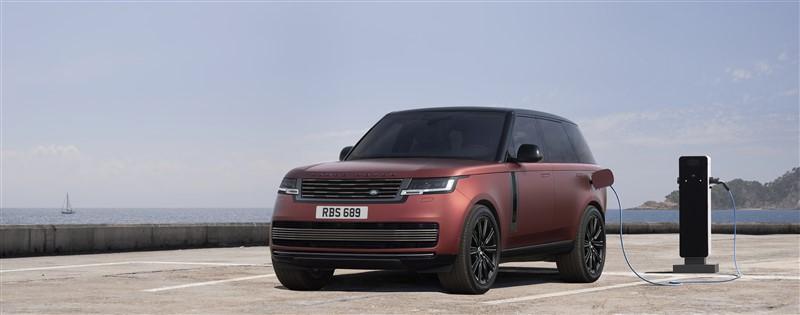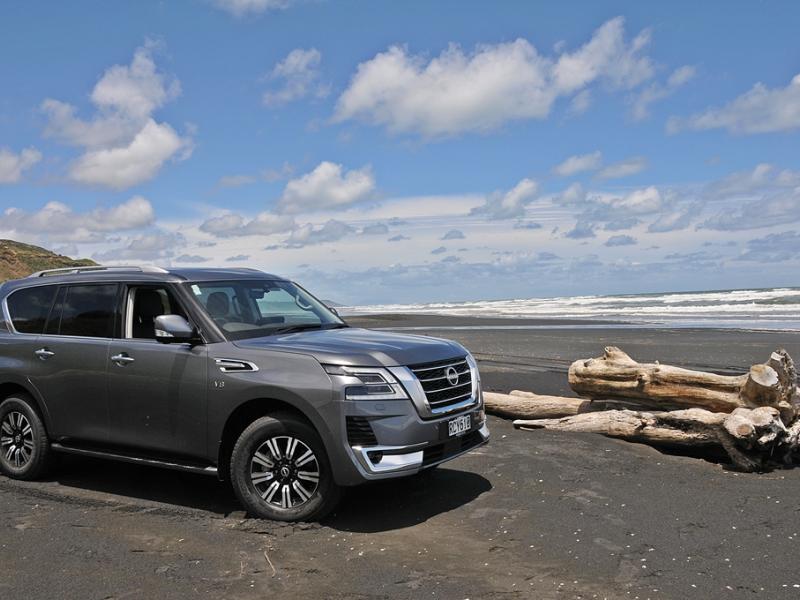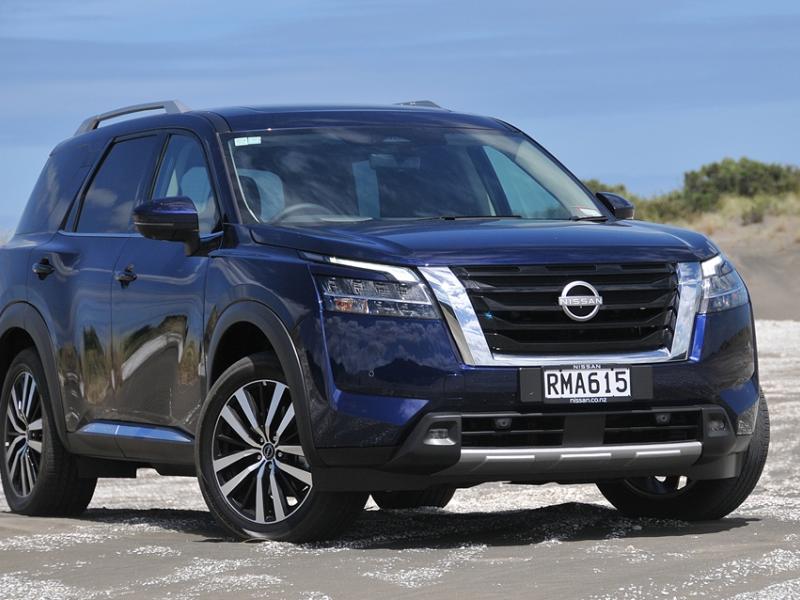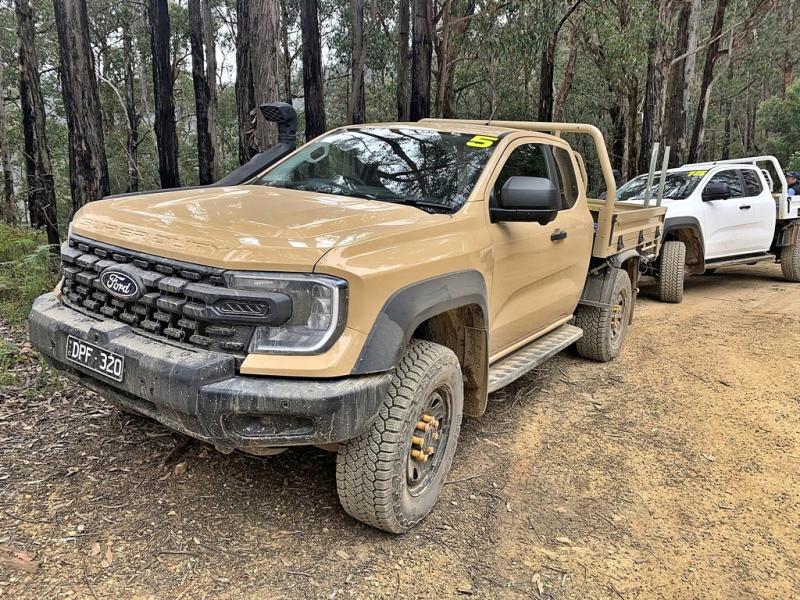There’s a new Range Rover coming next year, and it includes a plug-in hybrid version.
In the 1970s, the Range Rover created the SUV category. Spencer King’s big, bold, boxy three door design grabbed the attention of backblocks farmers and Remuera doctors alike. Its off-road capability eclipsed every other 4WD available at the time and has continued to do so.
Over the following 50 years there have only been four generations of Range Rover, so an all-new, fifth-generation version is cause to sit up and pay attention. The more so when the new range confirmed for 2022 will include plug-in hybrid and seven seat versions for the first time, with plans to add a full-on EV later. Fear not, petrol six cylinder and V8 engines and diesels are still on offer.
In the UK the new Range Rover is on sale now, priced from £94,400 (double that for indicative NZ pricing), and the new model range will focus on luxury as never before. Wording in the launch media kit indicates how the vehicle will be marketed, referring to the new ‘Rangie’ as ‘the car’ and somewhat downplaying its off-road capabilities (all while noting that it has a 900mm wading depth). The kit includes comprehensive images of the sumptuous seats and hectares of legroom in the rear of the vehicle and the many configurations possible catering to infotainment and pleasure for passengers, but not one image of the driver’s environment.
There are separate multifunction iPad-style screens for each rear passenger, seats that ooze a luxury vibe and in the SV Signature Suite there is a raised centre console that flows front to rear and houses a retractable table in the centre, as well as a fridge for drinks and two crystal champagne glasses in between the rear seats.
Leather is still the standard seat and trim material, though synthetic alternatives will be available. Adding 200 mm to the wheelbase goes a long way to maximising rear passenger space.
The new Range Rover will ‘waft’ as never before in urban and motorway use. It features the latest on-board active noise cancellation technology.
Jaguar Land Rover’s new MLA-Flex platform allows for pure combustion-engined powertrains, plug-in hybrid tech, and fully electric propulsion.
The 2022 Range Rover will launch with two plug-in hybrid options. The first, badged P440e, combines a 3.0-litre straight-six turbocharged petrol engine with a 38.2kWh battery (31.8kWh usable) and a 105.4kW (141bhp) electric motor for a total combined output of 323kW (434bhp) and 620Nm of torque.
The second option, badged P510e, offers more power from its 3.0-litre petrol unit but uses the same battery and electric motor, taking the total combined output to 375kW (503bhp) and 700Nm of torque, delivering a 5.7-second 0-100km/h time. A top speed of 87mph in the car’s EV driving mode is possible.
The shared electrification across both plug-in choices means hybrid Range Rover variants can travel up to 100km on a full charge, with Land Rover claiming a real-world zero-emission range of 80km and CO2 emissions of less than 30g/km
Mild-hybrid tech also features in the engine line-up, with a 293kW (394bhp) 3.0-litre petrol (0-100km/h) in 5.8 seconds, 7.91l/100km combined and 215g/km of CO2), as well as two diesel options. The 3.0-litre straight-six-engined D300 and D350 models offer 220kW (296bhp) and 257kW (345bhp) respectively, with up to 6.3l/100km possible and CO2 emissions from 198g/km.
A full EV is coming in 2024
At the top of the engine range sits a new 4.4-litre twin-turbo V8 petrol unit, offering 390 kW (523bhp) and 750Nm of torque and a 0-100 km/h time of 4.6 seconds with a regulated and software-limited top speed of 250km/h (155mph).
All powertrains are mated to an eight-speed automatic gearbox with low-range capability and Land Rover’s four-wheel drive system with Terrain Response 2 tech which tailors the drivetrain to different surfaces, while a new intelligent all-wheel drive system can decouple the front axle on-road between 33km/h and 160 km/h improve efficiency and reduce CO2 emissions by up to 4g/km.
Land Rover’s Design Director Massimo Frascella says the new Range Rover’s design is all about reductionism, reducing the lines and joints in the body to give a new, more understated take on modern luxury.
From the exterior, the Range Rover’s classic ‘three line’ design language carries through from the original and more recent styling themes like the Sport version’s metallic side ‘gills’ in the front guards have been maintained though in every area the panels and glass are more sleek.
Below the signature clamshell bonnet the grille has been refreshed with a new-look pattern, bracketed by digital LED headlights.






